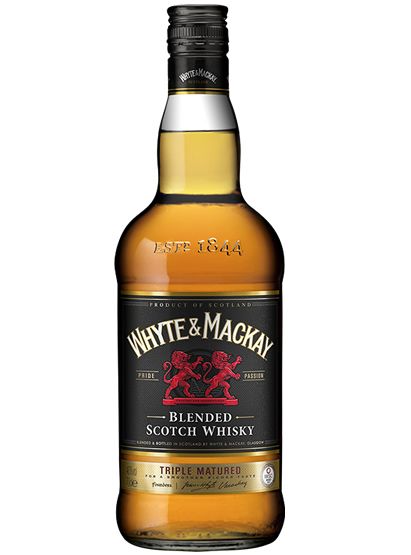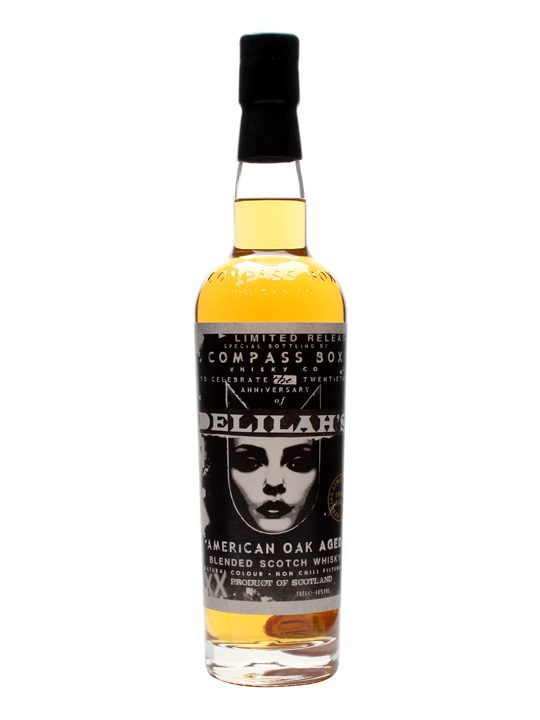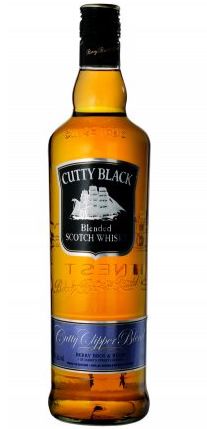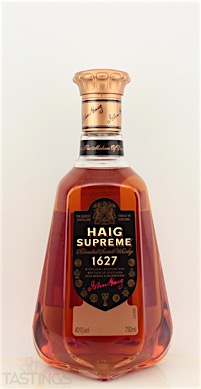By WhiskyMateMy 10th review focuses on the Laphroaig PX Cask, which is a whisky that I absolutely adore. Having enjoyed the 10 Years Old, Quarter Cask and Triple Wood in varying degrees, I wasn’t sure of what to expect from a Laphroaig that was matured in casks which once contained Pedro Ximenez (PX) sherry.
Based on the information at the back of the label, this particular whisky has undergone a triple maturation process somewhat similar to that of the Triple Wood (hence the name). The difference is that while the Triple Wood was “finished” in Oloroso sherry casks, the PX Cask was “finished” in the aforementioned Pedro Ximenez sherry casks, which impart a much more robust flavour profile overall.
Pedro Ximenez, or PX as it is commonly known as, is considered to be the king of sherries. It has a rich, sweet flavour which is rather heavy on the palate and is generally taken as a digestif. Whisky makers are therefore well aware that the PX has the ability to overpower a whisky if left in the cask for too long, especially if the whisky possesses a light and floral character which is prized by the Lowland distilleries.
While some distilleries have managed to produce phenomenal whiskies which have been aged for a long period of time in PX casks, the trend these days seems to be utilising these particular casks in order to provide another layer of character or sophistication to a whisky.
In the case of the PX Cask, the whisky that forms the bedrock of the spirit is basically the Laphroaig 10 Years Old. The core spirit is aged in American oak casks before being transferred to smaller quarter casks for a further maturation.
This secondary maturation in the quarter cask imparts a sweeter, more concentrated flavour to the whisky due to the increased interaction between cask and spirit. This secondary maturation is also the same one used when producing the Laphroaig Quarter Cask whisky, hence the name.
The final maturation is in the PX Cask, which is intended to round off the rough edges or “finish” the whisky. This process takes a few months and the final product is then bottled and sold as the PX Cask. While the PX Cask is an NAS (No Age Statement) whisky, the use of the 10 year old Laphroaig and the subsequent maturations in the quarter cask and PX cask leads me to believe that the whisky is approximately 11 years old.
Laphroaig PX Cask is bottled at a higher strength of 48% abv, which is much higher than that of the standard 10 Years Old expression which is bottled at 40% abv. Having enjoyed this whisky on many occasions, I believe that I am in a position to provide an honest review of it.
- Laphroaig PX Cask (48% abv, without water)
Colour:
Reddish sunset
Nose:
Peat smoke at the fore, with the phenolic elements intermingling nicely with the sweet sherry. Red fruits, christmas cake and just a hint of sea salt evident in the nose before spicier elements emerge. Nutmeg, cinnamon and just a hint of iodine tussle with one another before giving way to worn leather and tobacco pouch. Quite a complex nose.
Palate:
Sherried sweetness and smoky peat are once again the stars of the show here. Sea salt and the nutmeg and cinnamon from the nose make an appearance. Aniseed then enters the fray, increasing the intensity of the spiciness of the palate. Coats the mouth well.
Finish:
Long and lingering finish with a drying mouthfeel. Spicy, smoky, salty and sweet in equal measure with all four aspects taking turns to inundate the palate. Glorious.
Rating: 92/100
- Laphroaig PX Cask (48% abv, with water)
Colour:
Same as above
Nose:
More sherried sweetness with the addition of water, causing the peat to fall into the background although it is still very much present. Phenolic and iodine elements still present in the background but not as ferociously apparent as before. Cherries, raisins, aniseed, nutmeg and christmas cake all evident in the nose, with just a hint of sea salt at the back.
Palate:
Sherried sweetness to the fore, not as smoky in comparison to drinking this without water, but still a veritable beast. Sea salt and warm spices from the nose take control of the proceedings before elements of iodine, tobacco and beach bonfire make an appearance.
Finish:
Spicy, smoky and sweet on the finish, although not as long and lingering as it was when undiluted. Aniseed and sea salt towards the very end.
Rating: 88/100
Having tried this whisky both with and without water, I can definitely say that I prefer it undiluted. While the higher abv of 48% does mean that this is meant to be sipped slowly, it is still a very enjoyable whisky and I can see why I keep coming back for more.
The additional finish in the PX cask definitely takes this whisky to another level and it doesn’t look out of place being enjoyed in front of a roaring fire after a good dinner in the middle of winter.
I wish that this was available more readily as it is only a Travel Retail Exclusive and there are no plans to make it a part of the core range. I fear that it might be discontinued rather suddenly one day and so I always make sure that I have a reserve bottle in my collection just in case!
Slainte!
Brendan

































